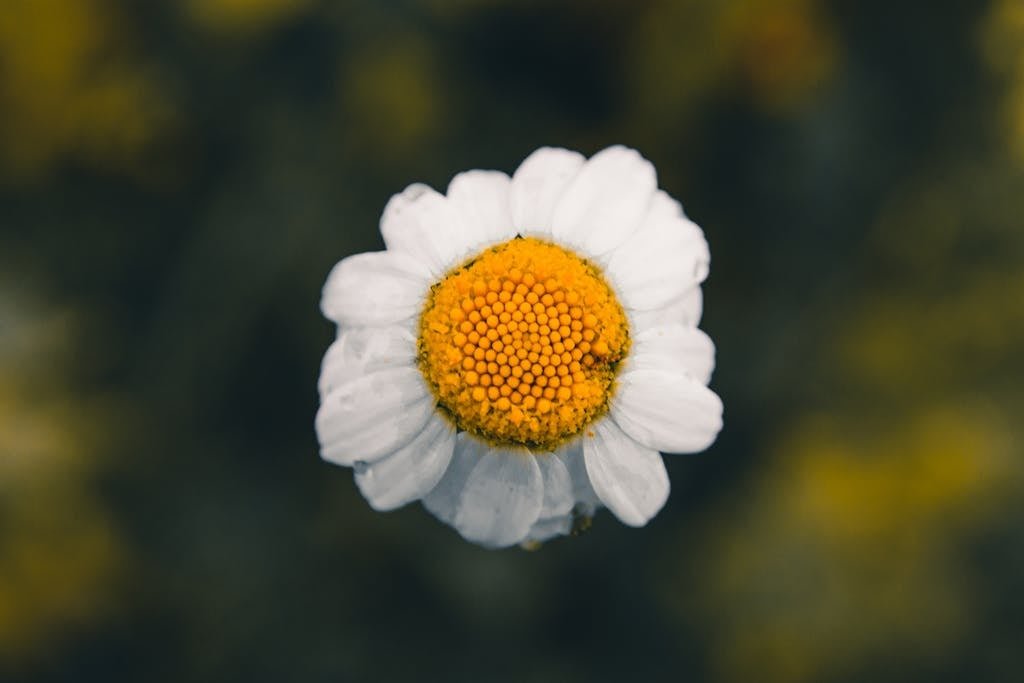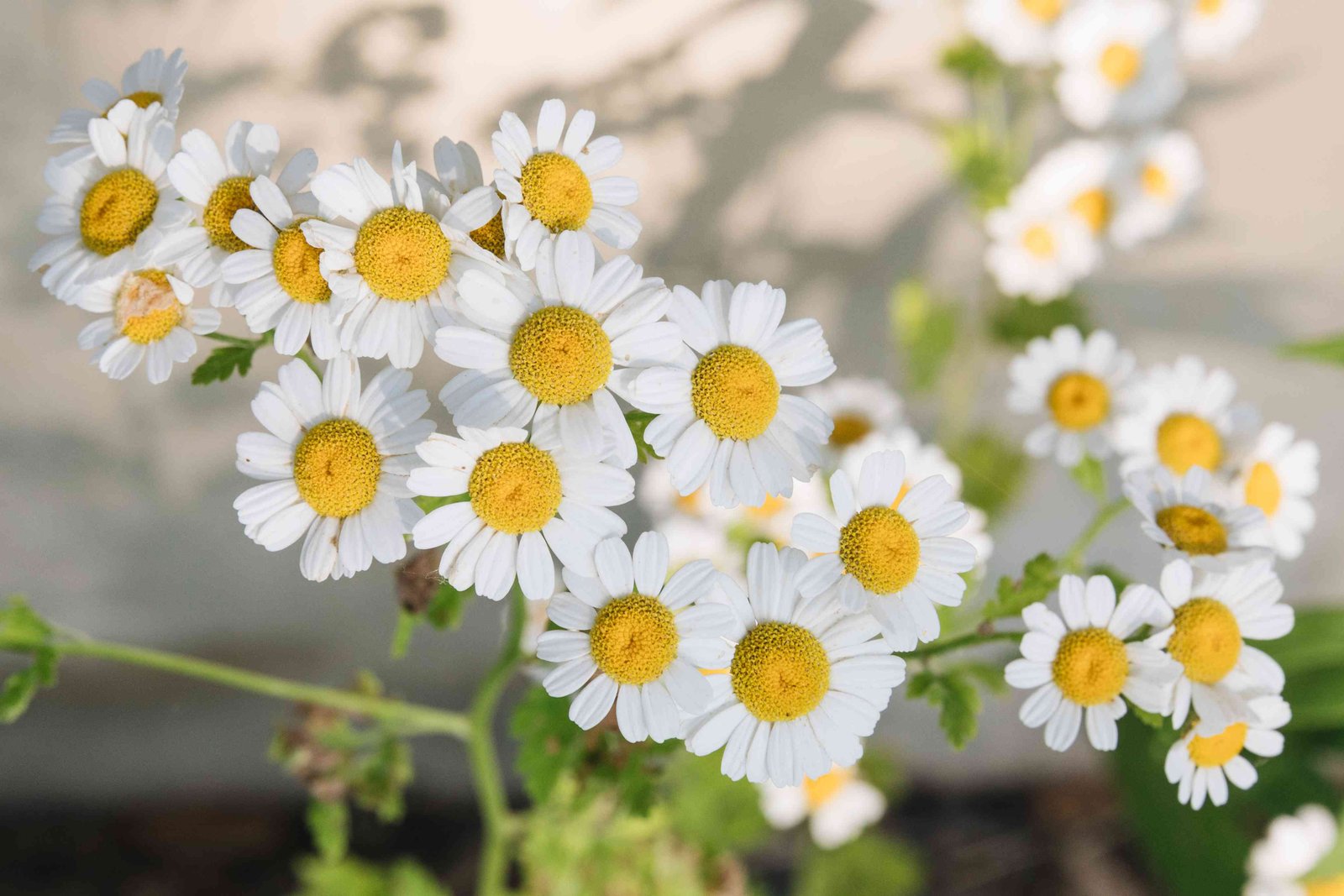Angelica – (Angelica Pachycarpa)
In the world of botany, few plants hold the same intrigue as the Angelica Angelica Pachycarpa. This unique species, often referred to as the Portuguese Angelica, is known for its lush, dark green foliage and stunning umbels of white flowers. Native to Portugal, it’s a plant that captivates with its beauty and versatility.
Despite its exotic origins, the Angelica Angelica Pachycarpa has found a home in gardens around the world. It’s a hardy perennial that’s both easy to grow and maintain. From the striking contrast of its vibrant leaves against its delicate blooms, it’s a plant that adds a touch of elegance and sophistication to any garden.
Key Takeaways
- The Angelica Angelica Pachycarpa, also known as the Portuguese Angelica, is a striking perennial plant that originates from Portugal and is praised for its dark green foliage and appealing umbels of white flowers.
- Historically, its resilience and ability to adapt to various climates and conditions have allowed it to spread globally, making it a common presence in gardens from cool Scandinavia to the warm Mediterranean regions.
- Characteristics of the Angelica Angelica Pachycarpa include the glossy dark green pigmentation of its leaves and stems and rounded clusters of white flowers. It emits a unique fragrance, continues to be attractive after its flowering period ends, and contains unusual bioactive compounds.
- While it can cause skin irritation when its sap is exposed to sunlight, with proper care, it can be a low-maintenance addition to gardens. It prefers damp, cool climates and partial to full sun exposure.
- The plant has history and promise in medicinal areas, particularly due to the presence of coumarins, known to improve blood flow and reduce inflammation. But its sap can be irritating when exposed to sunlight, hence consumption needs healthcare consultation.
- Besides gardening and potential medicinal use, the Angelica Angelica Pachycarpa has found roles in the fragrance and beauty industry, as well as decorative arrangements due to its unique fragrance and aesthetic appeal.
- While cultivating in a garden, it prefers partial shade, nutrient-rich well-draining soil, and regular watering. It also requires safe handling, regular pest control, and removal of spent flowers for further blooming.
History and Origin of Angelica Angelica Pachycarpa
In delving deeper into the fascinating world of the Angelica Angelica Pachycarpa, it’s essential to first understand its origins and history. Known more familiarly as the Portuguese Angelica, it hails from the Iberian Peninsula, primarily Portugal.
Early records indicate that Portuguese botanists started documenting this intriguing plant’s unique characteristics in the 16th century. But it’s important to note that it has likely existed much longer than that in the wild rugged terrains of Portugal. History paints a vivid picture of this plant’s journey from its native land to gardens worldwide, demonstrating its adaptability and viability.
Possessing an undeniable allure with its stunning foliage and delicate white blooms, the plant did not take long to capture the attention of keen gardeners and botanical enthusiasts. In the 18th century, the green-thumbed individuals started experimenting with the Angelica Angelica Pachycarpa in home gardens, demonstrating its hardiness in various climates and conditions.
Portugal’s geographical position contributed to the plant’s versatility. The country’s moderate maritime climate, which ranges from coastal warmth to mountainous cold, played a role in developing the plant’s resilience. This trait allowed the Portuguese Angelica to thrive in different conditions, finding its way from the valleys of Europe and beyond.
Throughout the 19th and 20th centuries, the world witnessed an increased interest in the plant. It became more readily available through international seed exchanges and botanical fairs. The spreading popularity of the Angelica Angelica Pachycarpa is a testament to its enduring beauty and adaptability – remarkable features that continue to enchant botanists and garden lovers alike to this day.
While it remains a beloved staple in Portuguese landscapes, it’s found a place in gardens around the world – from the chilly Scandinavian countries to the warmer Mediterranean regions. The plant’s diverse growing range is a reflection of its strength and adaptability.
In the current gardening world, the appreciation for this plant goes beyond its physical charms. Given the ease of its cultivation and the graceful elegance it lends to any garden, it is seen as a gardener’s delight, making the Angelica Angelica Pachycarpa an enduring symbol of beauty and resilience within the botanical world.
Characteristics and Appearance
The Angelica Angelica Pachycarpa, often dubbed as the Portuguese Angelica, casts an exotic allure with its distinct physical attributes. Often blooming from late spring to early summer, this stout perennial out-stands in garden displays through its unique and splendid characteristics.
Stemming from a basal rosette of leaves, the plant manifests a bold architectural form. The stems and leaves of the Portuguese Angelica are covered with a glossy dark green pigment. The plant’s robustness is revealed through its stiff, thick stems that push upwards to host small rounded clusters of creamy-white flowers packed tightly together.
Along with its ornamental aesthetic, the Angelica Angelica Pachycarpa presents an intriguing interplay for botany, emitting a unique fragrance. Interestingly, the stems and seedheads remain attractive even after the flowering period ends, hence, lingering charm in the gardens.
Scientific investigations have highlighted the plant’s unique biochemical constituents. The plant hosts a range of compounds: angelicin, isopimpinellin, bergapten, and sacracol, among others. While the role of these compounds within the plant remains a topic of extensive study, some research theorizes that they may contribute to the Angelica’s resilience and adaptability in different growing conditions.
One attribute to be wary of while handling the Angelica Angelica Pachycarpa is its sap. When exposed to sunlight, the sap can cause skin irritation. Therefore, gardeners handling the plant should adopt cautionary measures, especially during direct sunlight hours.
As a garden companion, the Angelica Angelica Pachycarpa favors damp and cool settings, and is not a fan of persistent dry conditions. Standing two to five feet tall on average, this herbaceous plant can resist relatively cold climates down to -15 degrees Celsius.
To care for the Angelica Angelica Pachycarpa, garden enthusiasts must ensure that it’s placed in partial shade to full sun exposure. Like most Angelicas, the Portuguese Angelica too will bloom more abundantly with taller flower clusters, given sufficient sunlight and nutrient-rich soil.
Growing and Maintaining Angelica Angelica Pachycarpa
Growing and maintaining Angelica Angelica Pachycarpa isn’t as daunting as it may initially seem. This sought-after perennial, native to the cooler regions of Portugal, has managed to adapt to a variety of climates worldwide. As such, it’s relatively accommodating to a range of growing conditions, which only underscores its versatility.
In terms of location, fields or garden spots with partial shade often become the perfect home for the Angelica Angelica Pachycarpa. However, it’s not averse to embracing a full sun exposure scenario, particularly when nurtured with a consistent supply of moisture. Remember, the Portuguese Angelica originated in damp environments, and it thrives best when those conditions are simulated.
Additionally, the soil chosen can play a significant role in how well this plant fares. While the Angelica Angelica Pachycarpa isn’t terribly particular about its soil type, it does appreciate nutrient-rich soil. A well-drained loamy or clay soil that’s rich in organic matter can lead to a more vibrant and healthy plant.
What about when the Angelica Angelica Pachycarpa blooms? When it comes to flowering, this plant needs some special consideration. It generally puts forth its creamy-white blossoms during the summer season. Trimming and removing the spent flowers may trigger further blooming, ensuring the beauty of your garden throughout the season.
It’s also important to remember that while the Angelica Angelica Pachycarpa seems tough on the surface, it’s not completely immune to pests and diseases. Regular gardener vigilance can aid in keeping it pest-free.
Finally, while this plant might be a star in the botanical world, do handle it with care. Given that the plant’s sap has been noted to cause skin irritation when exposed to sunlight, donning gloves during handling might just be the best course of action. Aggressively pruning or otherwise managing the plant during peak sunlight hours might not be the best way to go. Be wise, take precautions, and your Angelica Angelica Pachycarpa will flourish, undeniably enhancing your garden.
Uses and Benefits of Angelica Angelica Pachycarpa
Beyond its ornamental allure, the Angelica Angelica Pachycarpa also boasts a wealth of beneficial uses. Both historically and in modern times, this Portuguese plant has lent its various attributes to many practical applications.
A Home Gardener’s Delight
It’s first and foremost a vibrant addition to any garden. With its tall stems, glossy leaves, and delicate flowers, it serves as an eye-catching centerpiece that can draw attention and fill spaces. Further, it’s hardiness, and capability to thrive in varying climates and conditions adds to its ease of maintenance, proving it to be a convenient choice for home gardeners.
Medicinal Potential
While the Angelica Angelica Pachycarpa isn’t typically consumed due to its sap causing skin irritation upon exposure to sunlight, the plant holds promise as a medicinal resource. Research has shown that the plant is rich in coumarins, a type of compound known for its potential in treating various health conditions, such as improving blood flow and reducing inflammation.
However, it’s important to note that despite these promising findings, further research is necessary to fully understand the medicinal capabilities of the Angelica Angelica Pachycarpa. As always, you shouldn’t use plants as a form of treatment without consulting a healthcare professional first.
Versatile Application
In addition, the Angelica Angelica Pachycarpa’s unique fragrance makes it well-suited for uses in the fragrance and beauty industry. From perfumes to creams, its signature scent and aesthetic appeal lend to its incorporation in the creation of a range of different products.
Beyond its aromatic appeal, the plant’s structural characteristics, with its aesthetic stems and seedheads, lend themselves to the decorative arrangement sector. Whether dried or fresh, they can serve as stunning additions to flower arrangements and bouquets, further attesting to the versatility of the Angelica Angelica Pachycarpa.
Thus, the Angelica Angelica Pachycarpa continues to hold a multipurpose role in a variety of industries and practices. While its cultivation as a garden plant remains as its most recognized role, the potential uses of this Portuguese native extend well beyond.
Cultivating Angelica Angelica Pachycarpa in Your Garden
First and foremost, there’s nothing that beats the beauty of having the Angelica Angelica Pachycarpa in the garden. This plant’s versatility makes it perfect for various climates. For anyone looking to add this eye-catching botanical masterpiece to their garden, there are certain factors to consider.
Ideal Conditions for Growth
The Portuguese Angelica isn’t a fussy plant. It thrives best in partially shaded areas but can withstand full sunlight. A clever tip for gardeners is to place it in an area where it gets a balance of both. It prefers a nutrient-rich, well-draining soil environment to give it a strong foundation. A consistent supply of moisture to the soil ensures that the plant doesn’t dry out. This can be achieved through regular watering, depending on the climate conditions.
| Preferred Environment | Specification |
|---|---|
| Light Exposure | Partial shade to full sun |
| Soil Type | Nutrient-rich, Well-draining |
| Moisture Requirement | Regular watering |
Handling the Angelica Angelica Pachycarpa
There’s no denying that the Angelica Angelica Pachycarpa is a visually stunning plant. However, its sap can cause skin irritations when exposed to sunlight. It is advisable to use gloves when handling this plant and stay in shaded areas during longer interactions. Due to these reasons, it’s firmly suggested that extra precautions be considered when children or sensitive individuals are around.
Plant Maintenance
Maintaining the Portuguese Angelica isn’t a tiresome task. The plant benefits from regular trims and removal of spent flowers, which encourages further blooming. A regular pest control regimen should be in place to ensure the plant’s health and continual growth. Simple steps can ensure this plant’s year-round beauty, making it a worthwhile addition to the garden.
Knowing how to cultivate the Angelica Angelica Pachycarpa is appreciated by many dedicated gardeners. It’s a deserving addition to landscapes due to its ornamental charm, adaptability, and relatively easy maintenance. Remember, despite being a stunner, it requires regular and dedicated care.
The Angelica Angelica Pachycarpa stands as a testament to the beauty and versatility of nature. It’s a botanical gem that’s captivated gardeners and botanists for centuries. Its resilience and adaptability have allowed it to flourish in gardens around the world, from its native Portugal to far-flung climates. It’s not just a visual delight with its glossy green foliage and creamy-white flowers, but it’s also a plant of practical uses.
It’s potential medicinal properties, unique fragrance, and decorative features make it a multi-purpose plant. Growing this plant requires care and attention, from providing the right sunlight exposure to regular trimming. It’s a plant that rewards those who cultivate it with its enduring beauty and practical uses. The Angelica Angelica Pachycarpa truly embodies the charm and utility of the botanical world.




